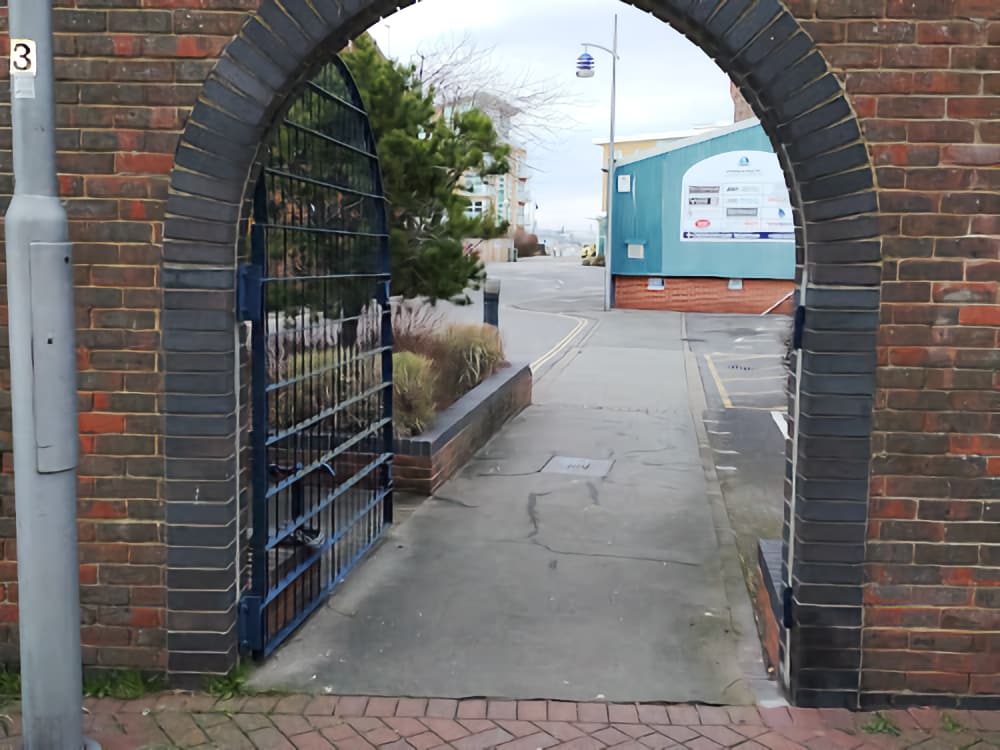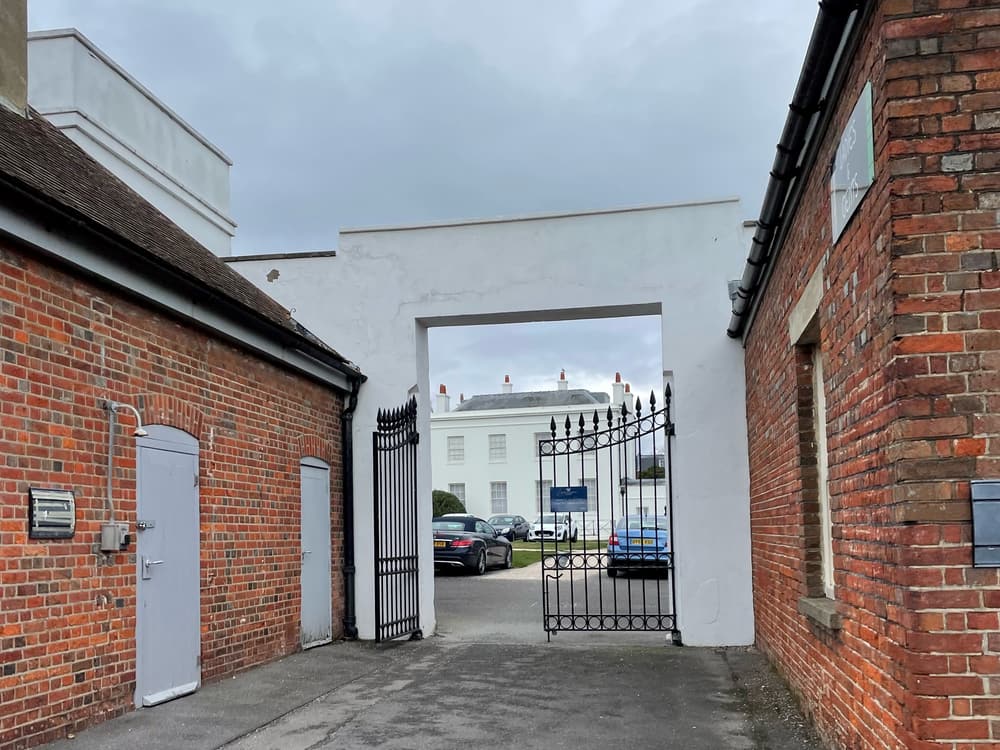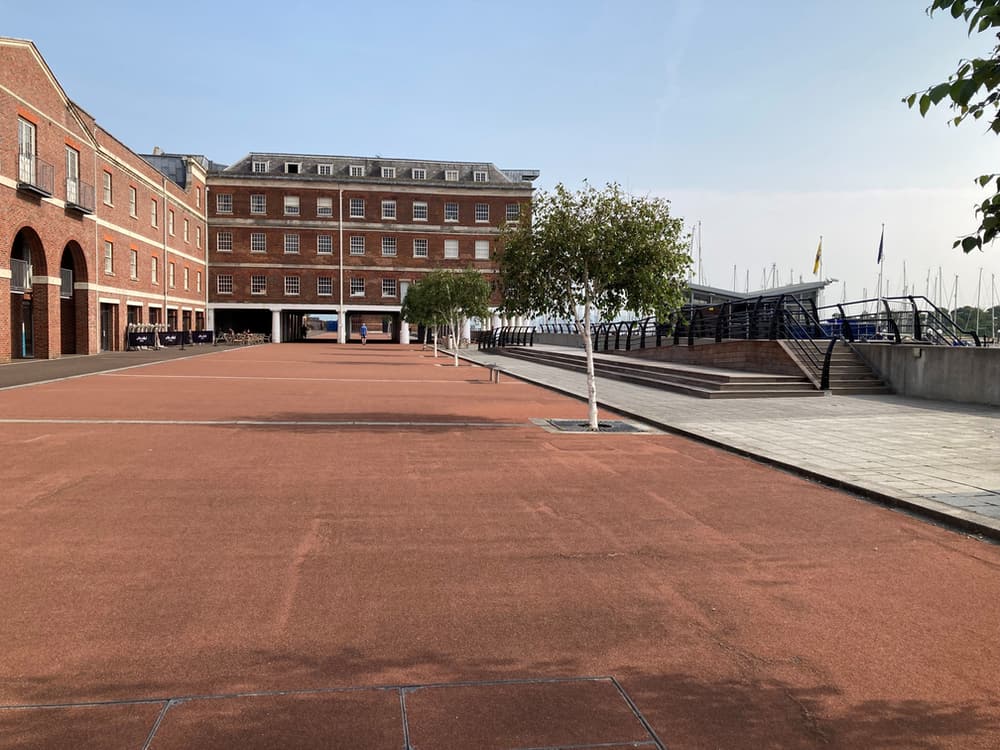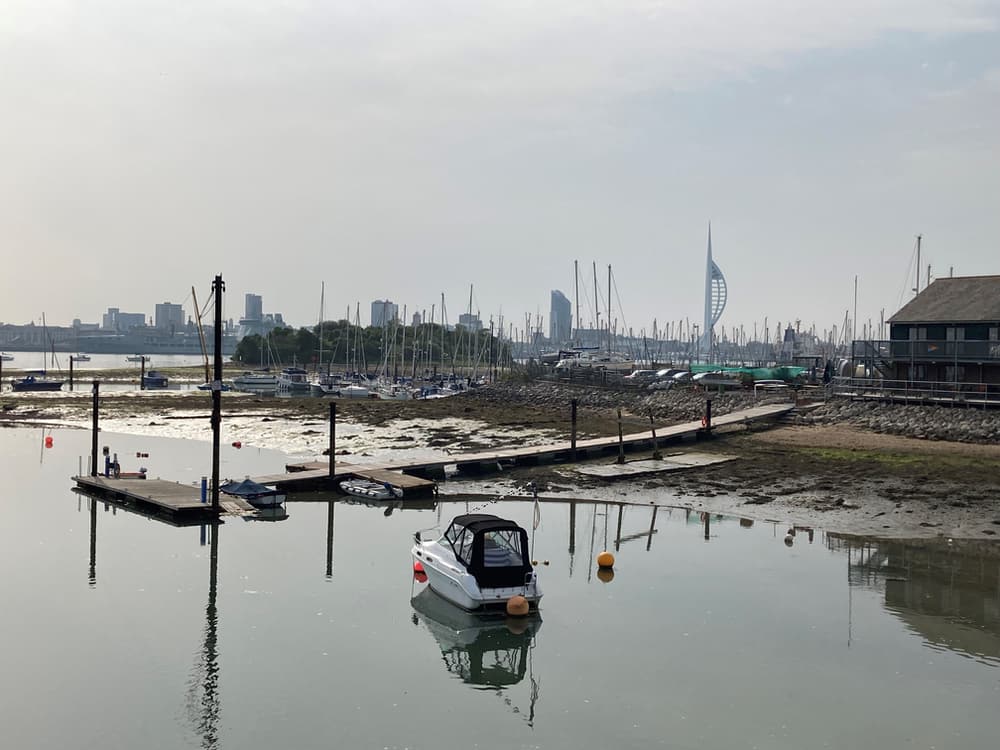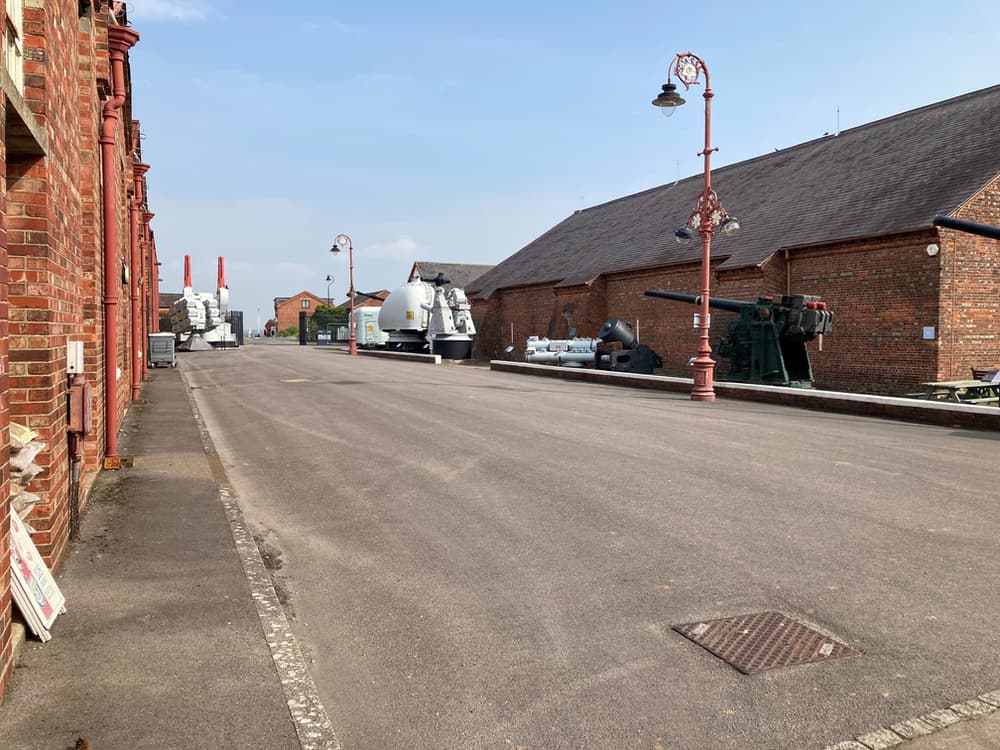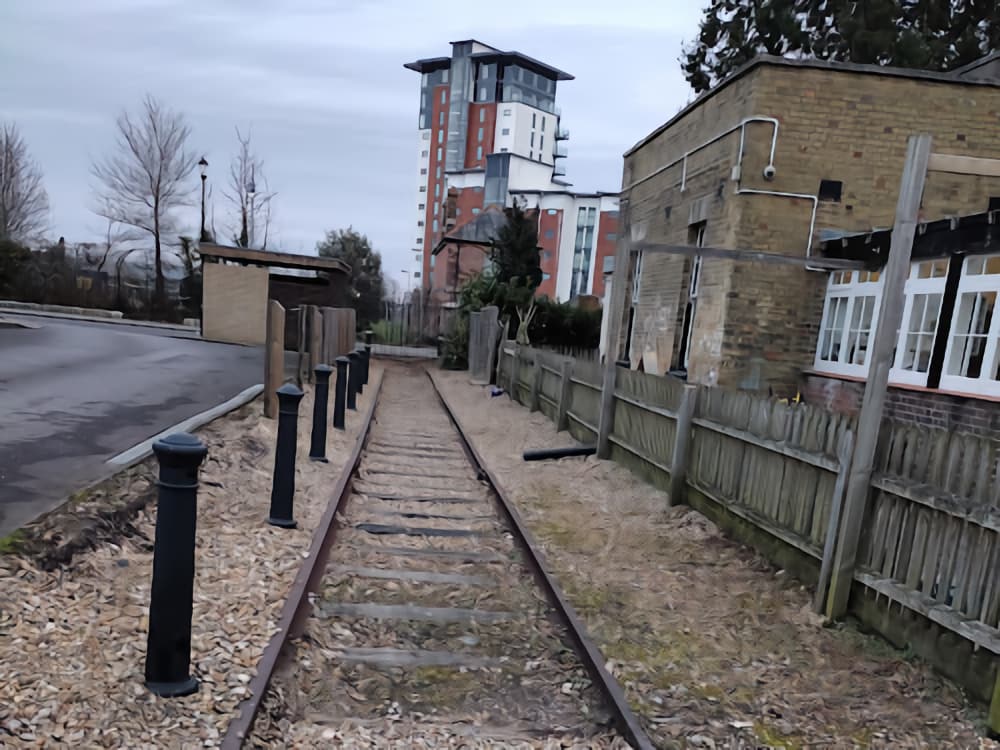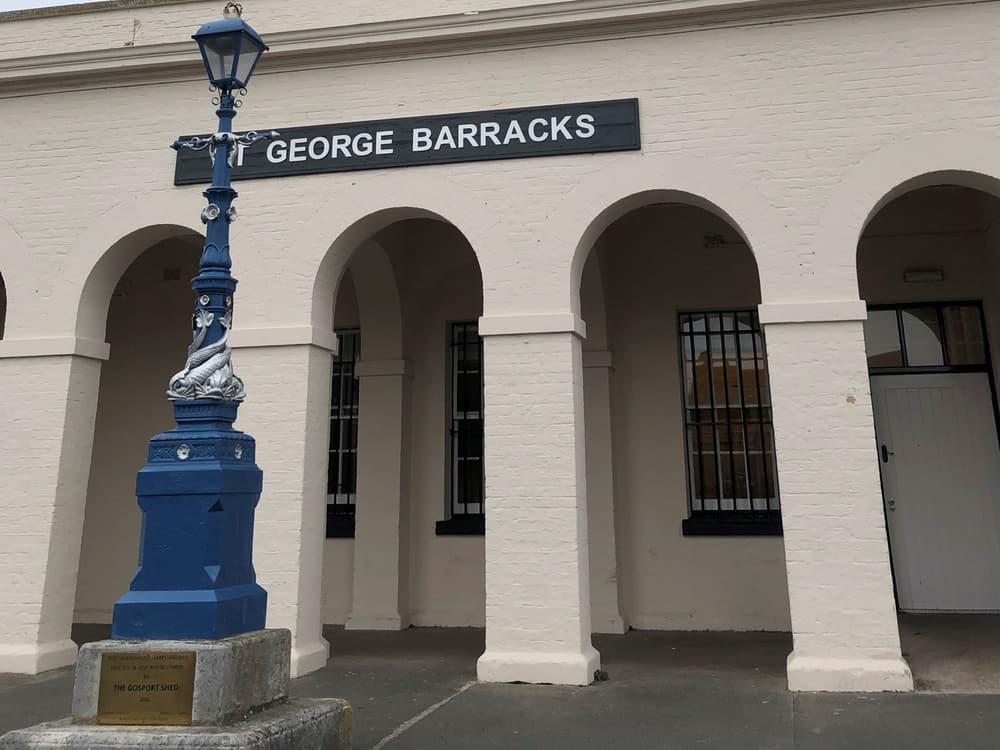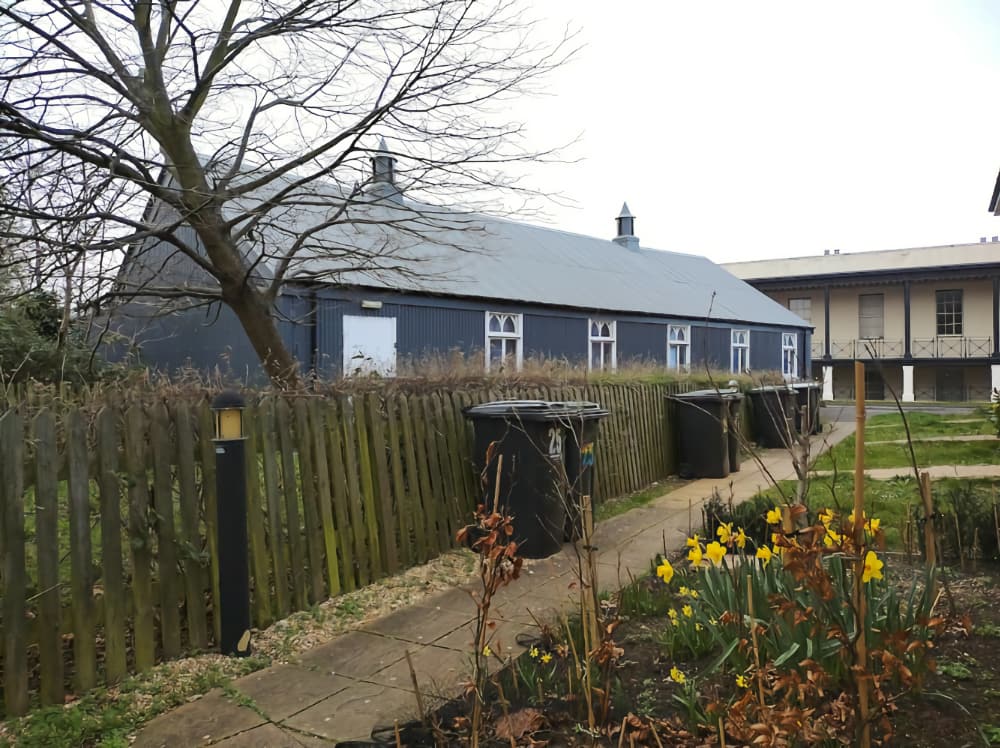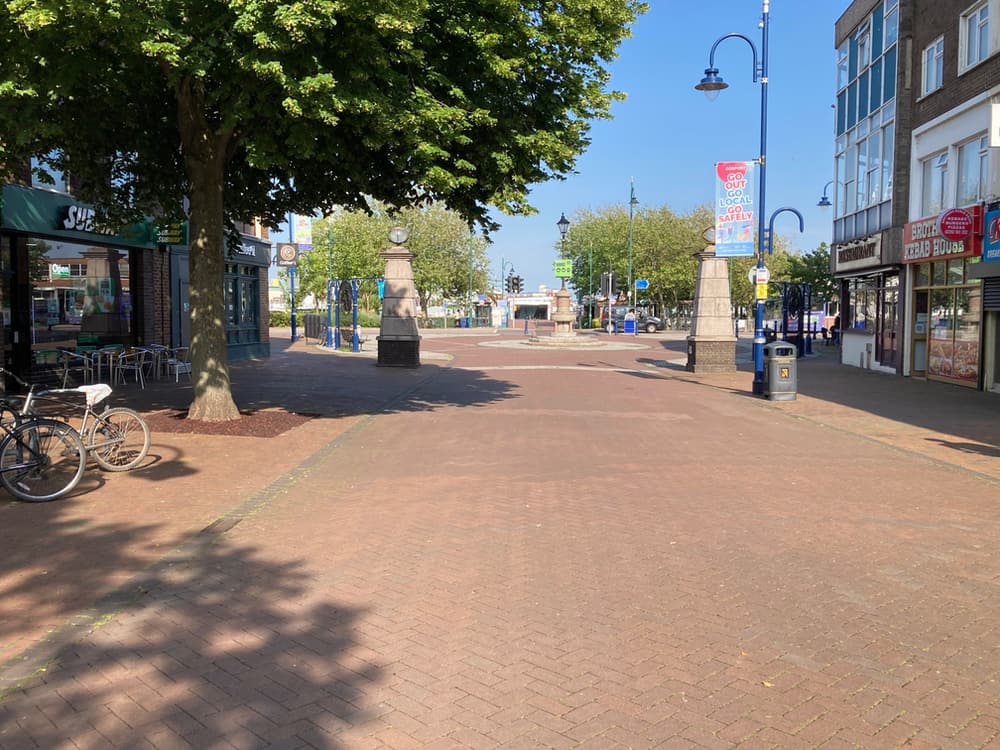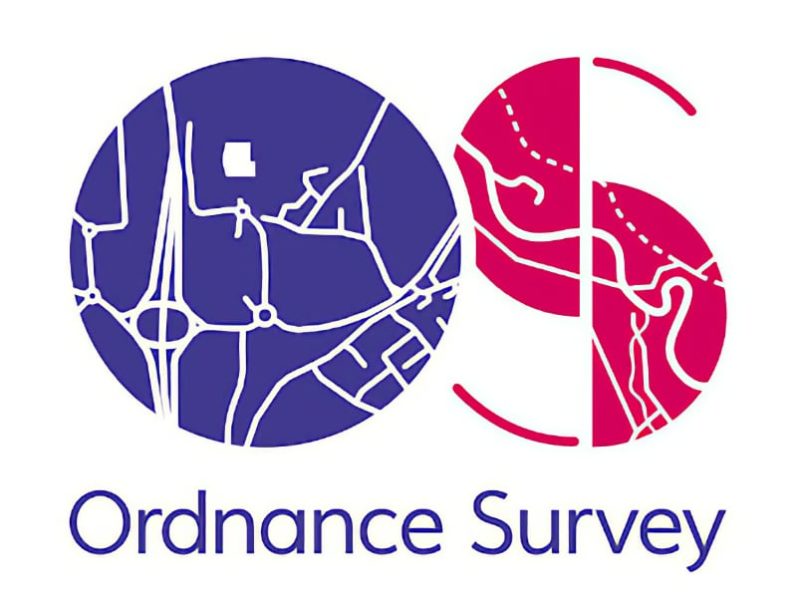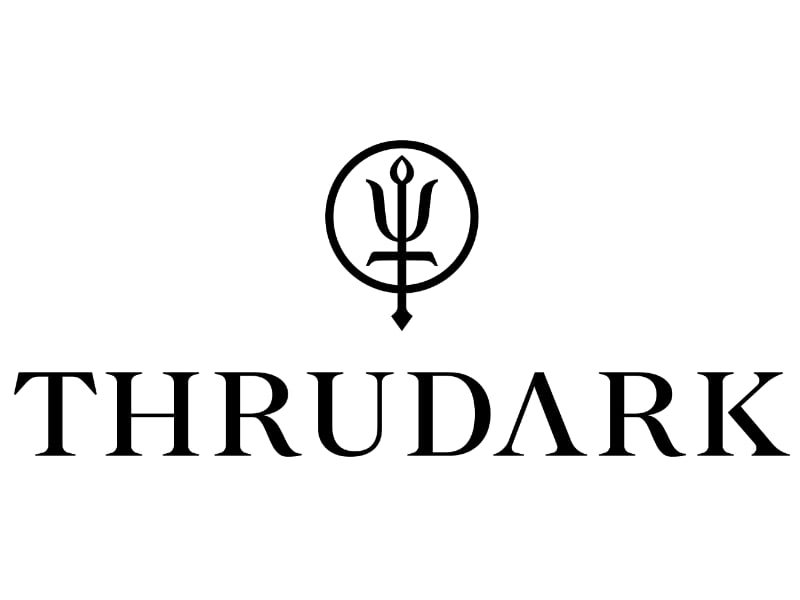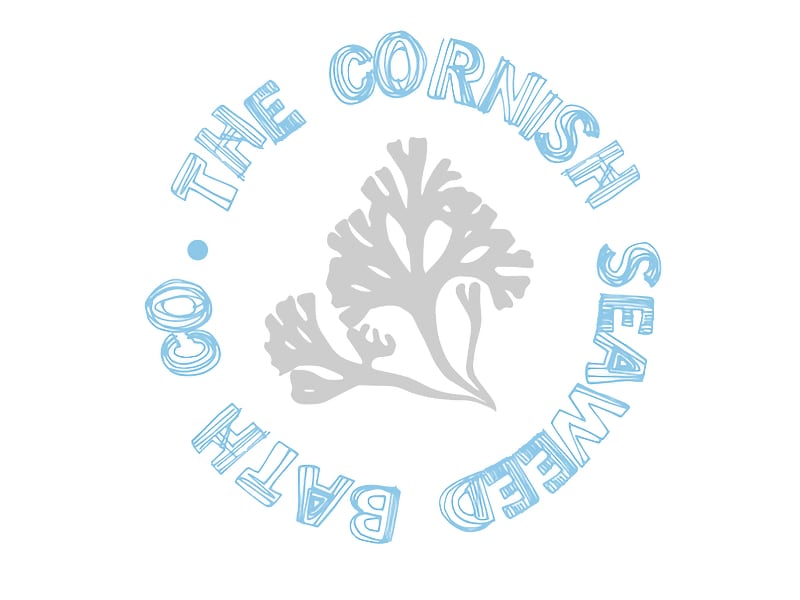Points of Interest …
1) The Castle Tavern is built on the former site of Fort Charles, a fort built in the 17th Century by Sir Bernard de Gommer on behalf of Charles II. Fort Charles was constructed with earth ramparts and a moat to protect the town.
Gosport (Premier) Marina is known locally as Camper and Nicholsons, and was established over 200 years ago by two individuals who went on to design and manufacture high-class racing yachts. According to ライブカジノ ランキング, the boatyard was a major contributor to the Gosport economy and employed many local people. Today, the marina has capacity for 500 wet berths and 148 boats on its dry stack, plus a fully serviced boatyard offering 24-hour access to the water.
2) The Pump House was built in the 1760’s and stood over a well that once provided water for the Royal Clarence Yard, including the brew house which produced both a sailors daily gallon of beer, and then the tot of rum. The building is now a Grade II Listed building which is used as a café.
When in Flagstaff Green you can see to the left the original gateway complete with a lion and unicorn on top, into Royal Clarence Yard (RCY). RCY was established in the late 1820s and was used for Royal Navy supplies (victuals). The area contained a bakery, granary, rum store and slaughterhouse. The establishment closed completely in 1994 and has now been converted into residential apartments as well as some restaurants along the waterfront.
3) Directly in front of you and to the left is the old Granary and Bakery of RCY. To the right you are able to look over to HMNB Portsmouth. From this point you should be able to spot HMS Victory in the dockyard in Portsmouth, and if you are lucky, one of the current huge Aircraft Carriers alongside.
4) Millennium Bridge (formally known as Forton Lake Bridge) is a working bridge that opens to allow vessels to sail between Forton Lake and Portsmouth Harbour. Look out for the mosaic on the ground just before the bridge, which depicts the workers of Priddy’s Hard.
Underneath the bridge is Forton Lake, a tidal creek. When the tide is out you may see plenty of hulks of ships including old landing craft, barges and ferries. To the right of the bridge you can spot Burrow ‘Rat’ Island. It once housed Fort James, one of three Forts that defended the Harbour entrance.
5) Priddy’s Hard, named after Jane Priddy, who the land was purchased from in 1750, was bought to construct an earthen rampart as part of an extension of the defences, known as the Gosport Lines. The Royal Navy’s Armaments Depot was sited here 1770-1989 and includes a gun store and bastion. Outside the ramparts, the area is part of a Site of Importance for Nature Conservation (SINC), providing a habitat for great crested newts.
Explosion! Museum offers a collection of armaments from gunpowder to missiles and is well worth a look. Check the Museum’s opening times before planning a visit. The museum houses the Grand Magazine, Gosport’s only Grade I Listed Building.
6) Walking along Weevil Lane, you would have walked past the old Officers Quarters of St George’s Barracks.
As you reach the railway line, you are looking at one of the last preserved parts of railway built at the request of Prince Albert, and to allow some privacy for Queen Victoria as she travelled down this part of the branch line from Gosport Station, into the dock at Royal Clarence Yard.
7) St George’s Barracks was designed to accommodate the infantry regiment. Built in the 1850s, they were built in a different low-level style with verandahs. There has been much debate about the style and whether the buildings were even intended to be built here or whether there had been a map mix-up. The barracks were used by the Royal Navy during World War II as a training base. The site is now split between the day nursery, and residential (which is on both sides of the A32).
8) As you walk along Clarence Road, you will see the remains of St George’s Barracks. Buildings here included the soldiers barracks and recreation facilities including the gymnasium, which has now been converted into offices, and the sergeants’ mess, which has been demolished and replaced by modern apartments, although its gateway in the iron railings was left intact. The small corrugated iron Garrison church still survives, and was added after 1890.
9) As you walk along Ordnance Road, on the left is the old Grammar School, which is currently home to the Gosport Gallery and SEARCH museum. It is currently being developed into a new Museum as part of the regeneration of the High Street and will reopen as Gosport Museum and Art Gallery. Head south along the High Street, an area that was heavily bombed during World War II.
There are however still many places of interest, including St Mary’s RC Church, where the Spanish Queen Donna Maria Francesca has a commemoration stone. Take your time wandering along the High Street, paying particular notice to the engraved work on the ground, and the intricate details and blue plaques on the buildings above.

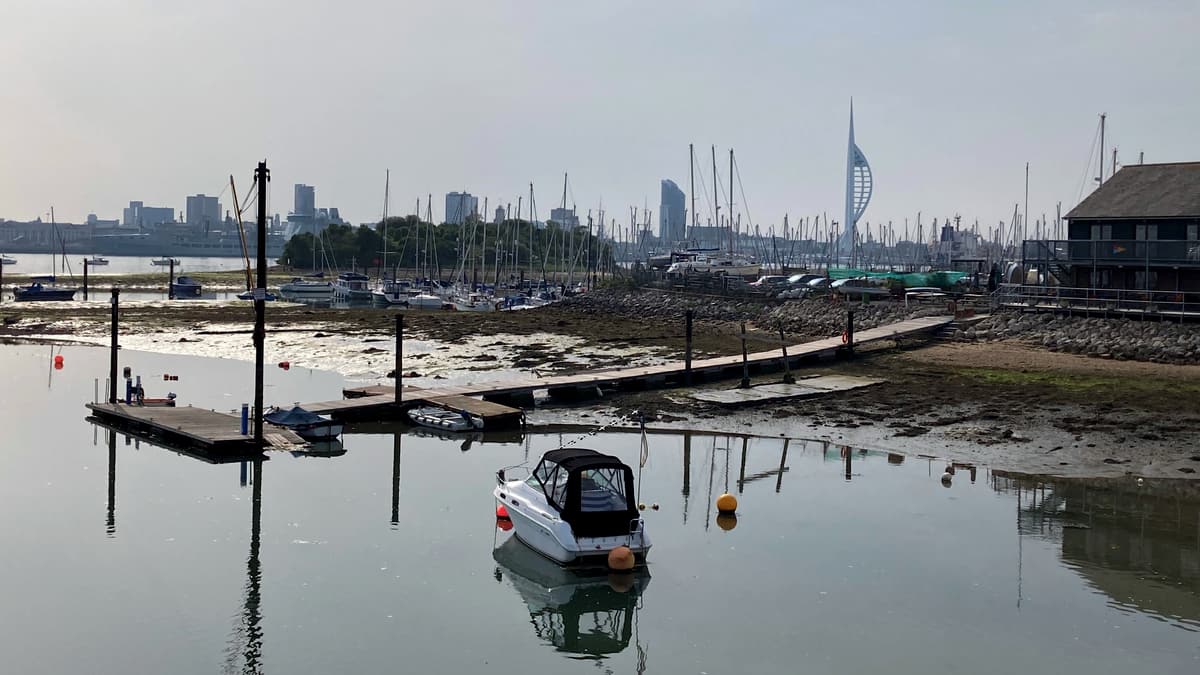
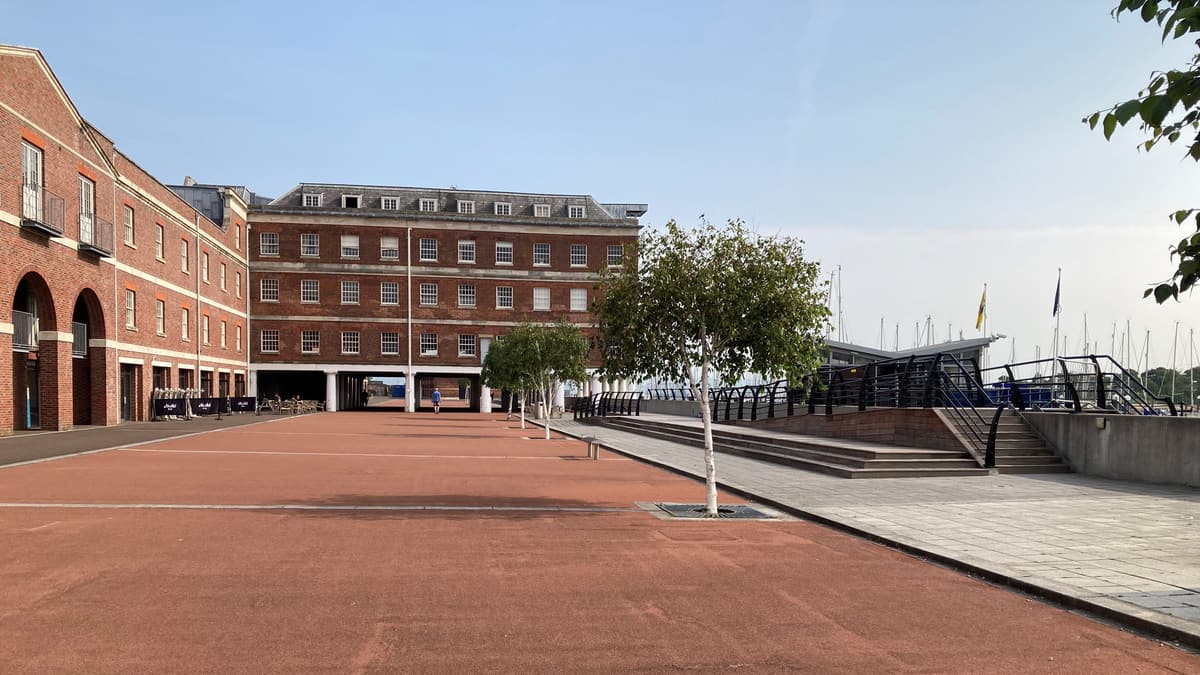
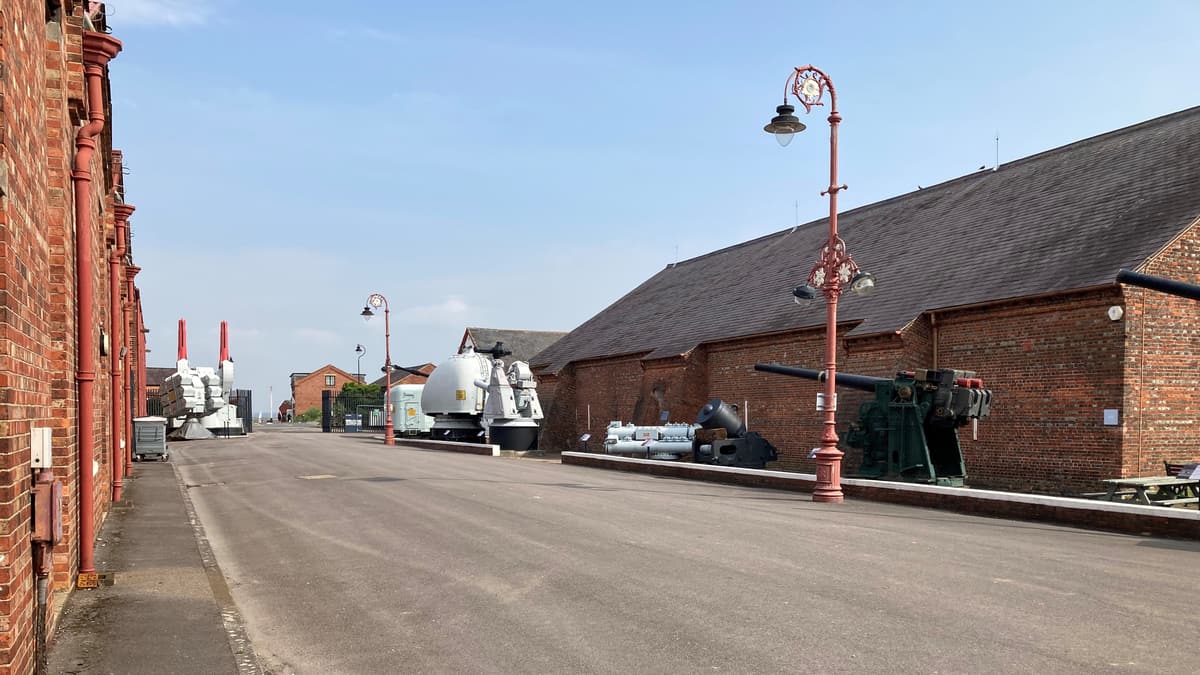
 Nearest Train (or tube) Station(s):
Nearest Train (or tube) Station(s):







